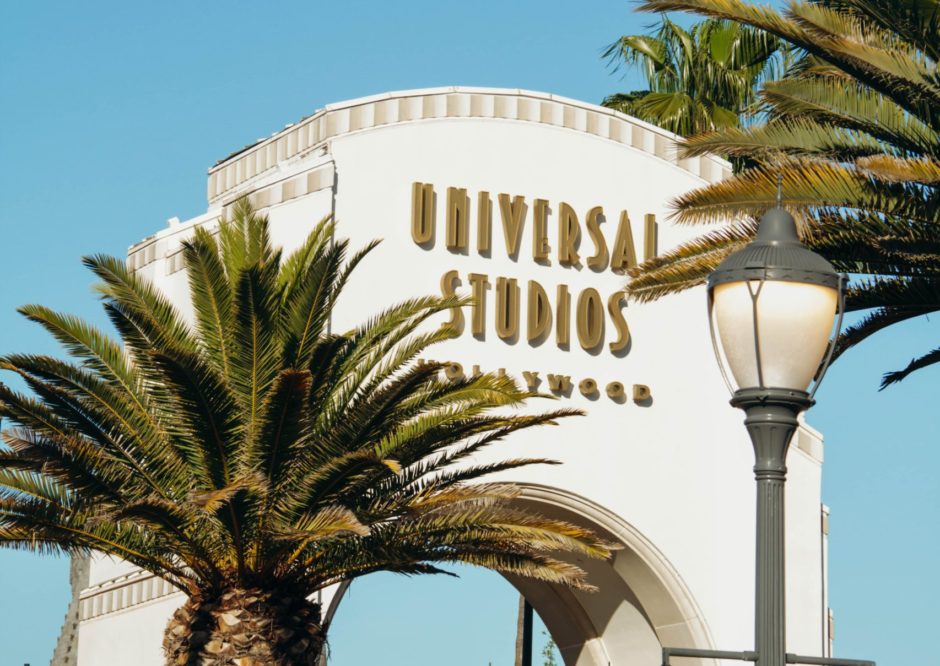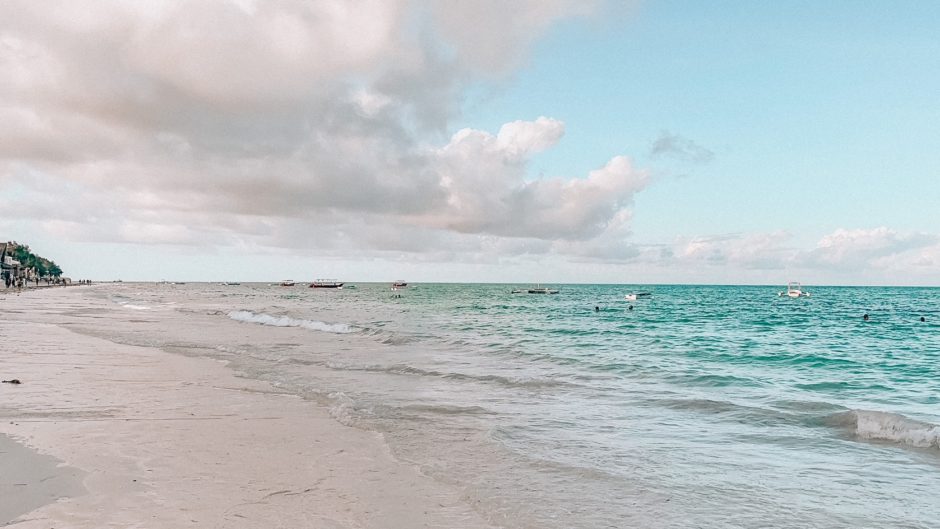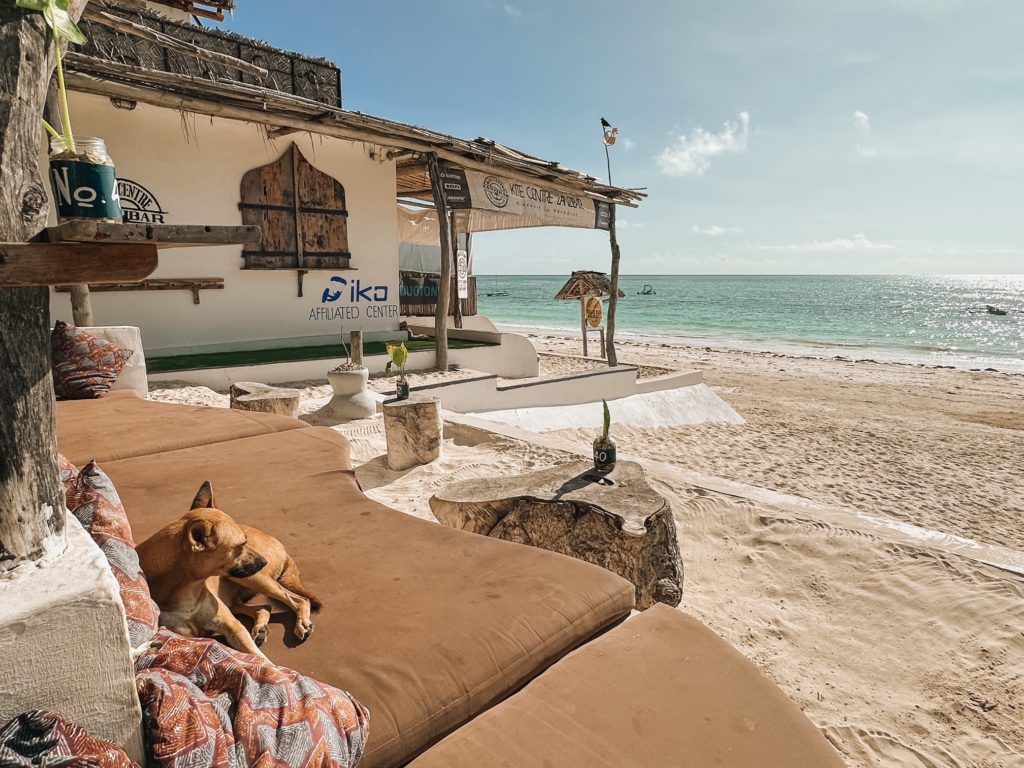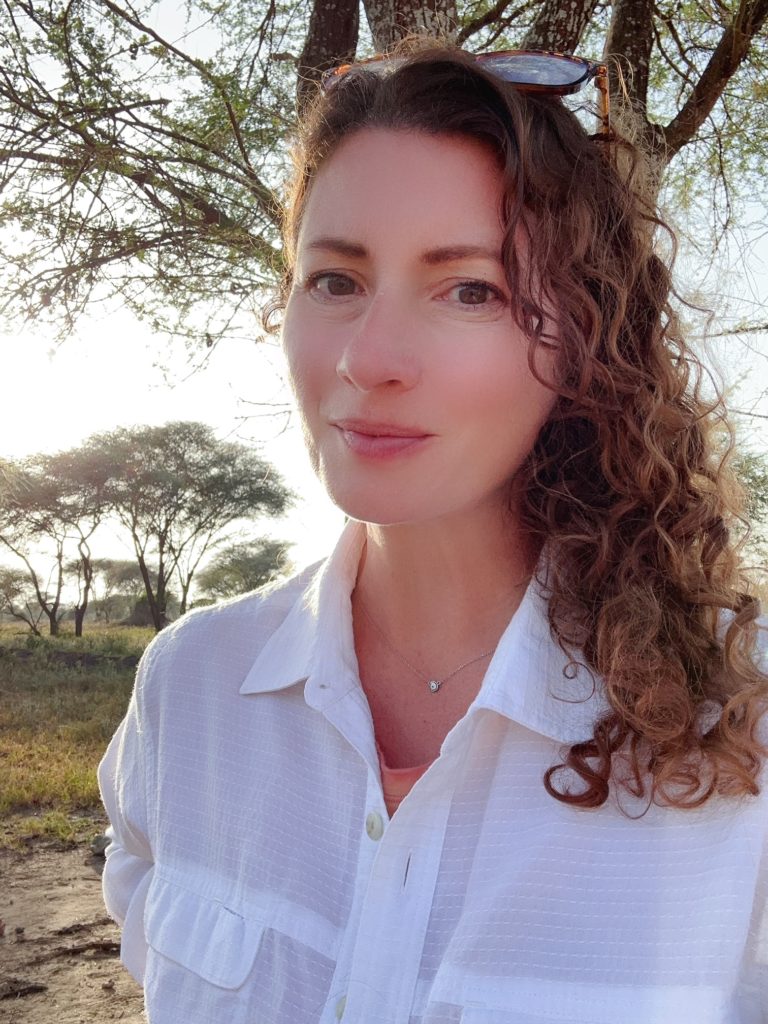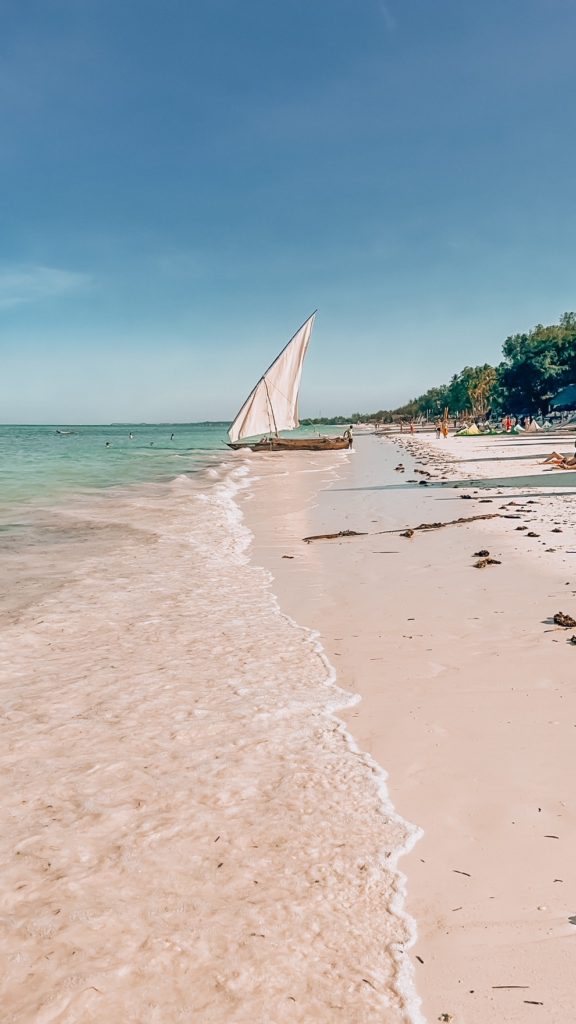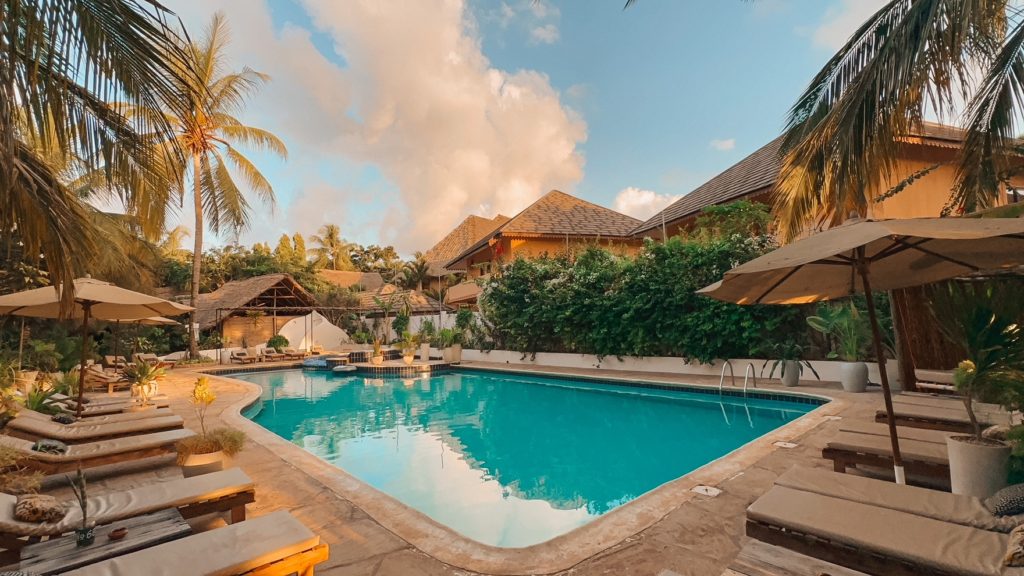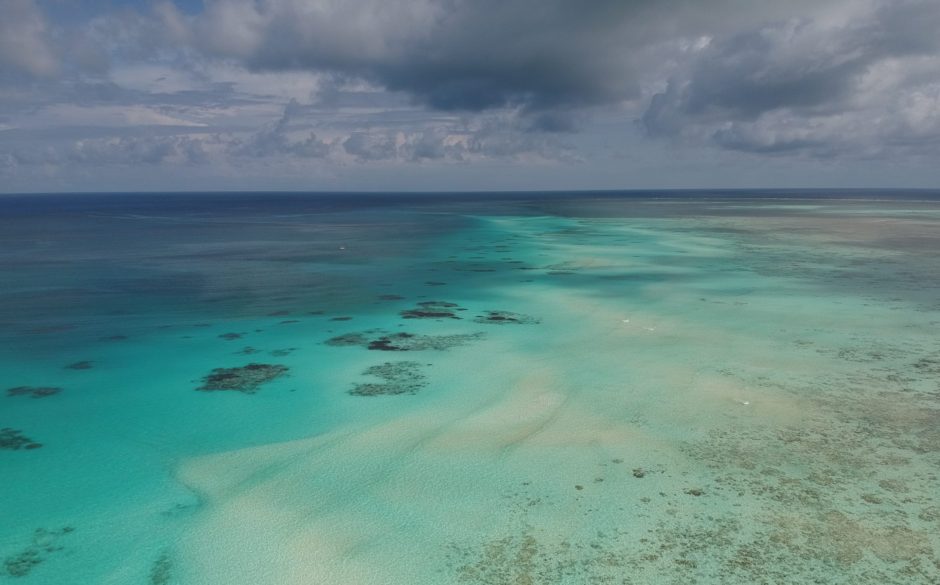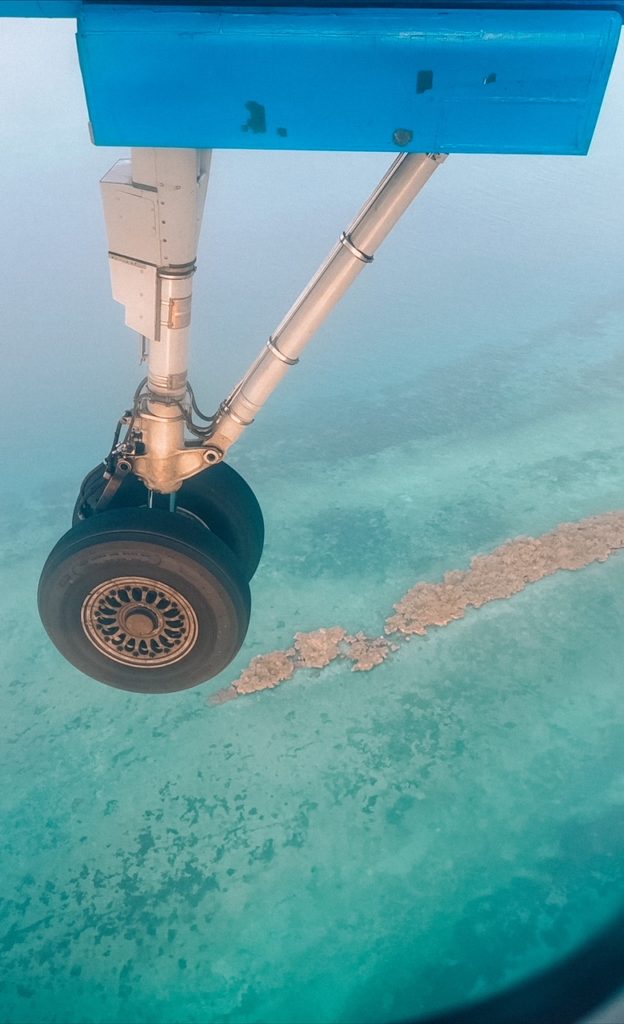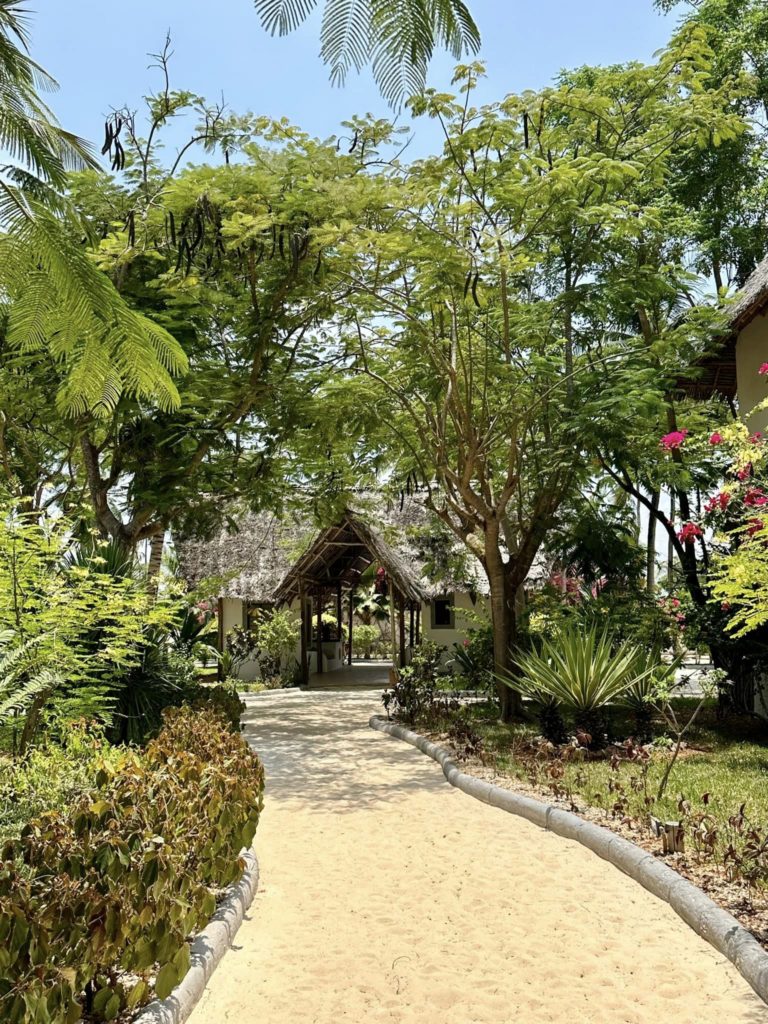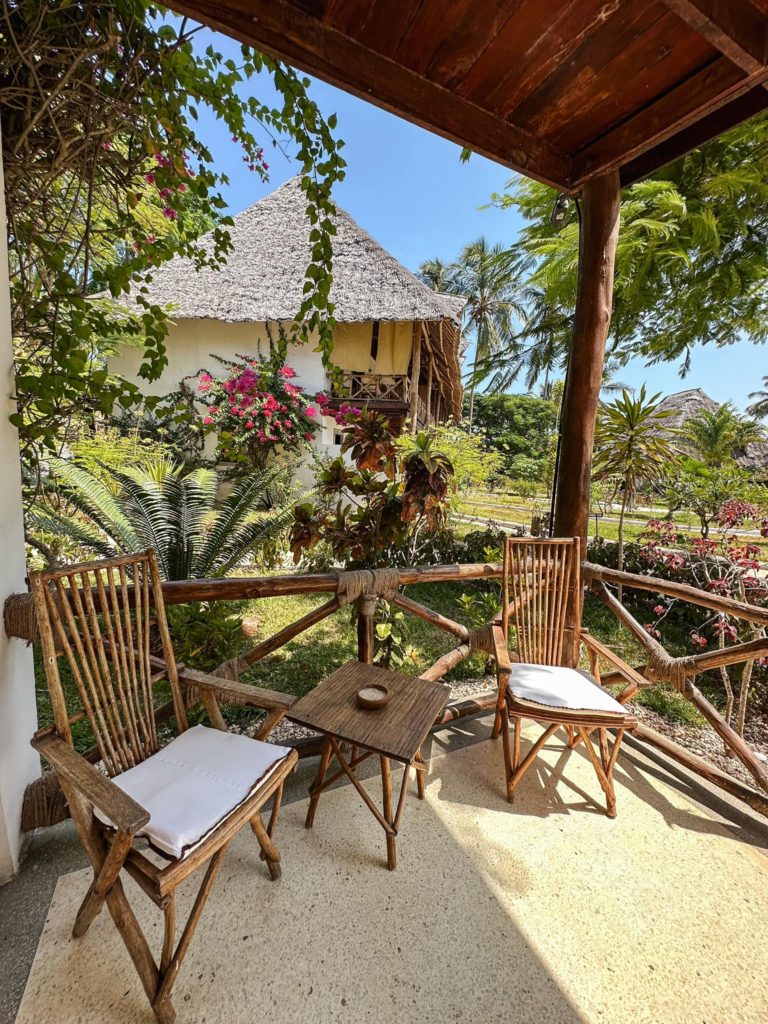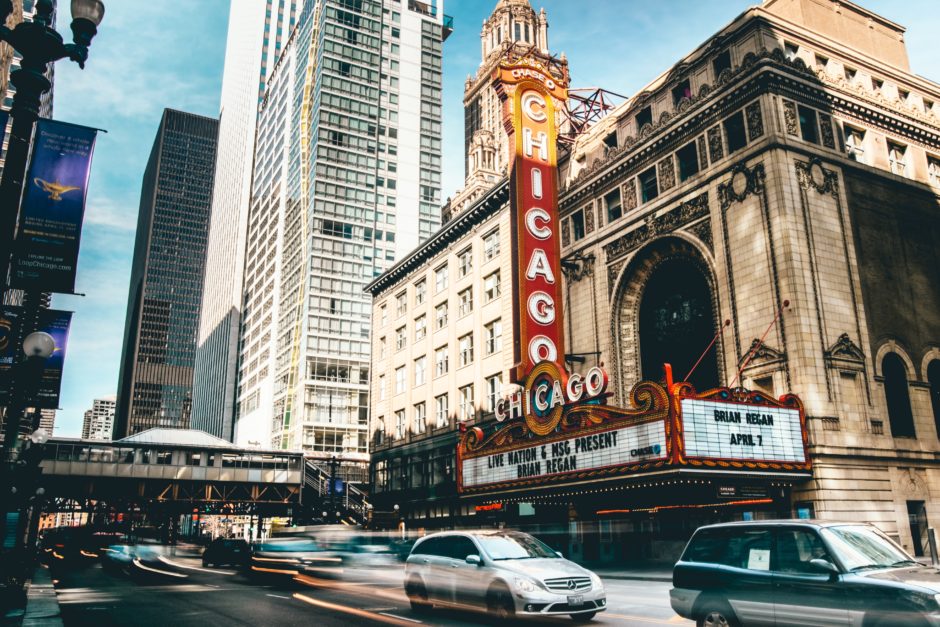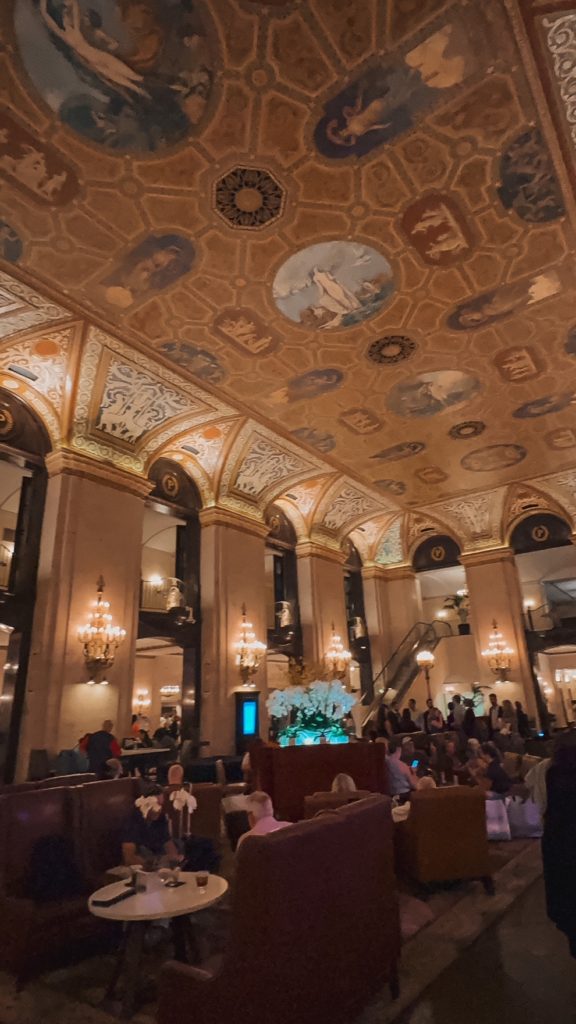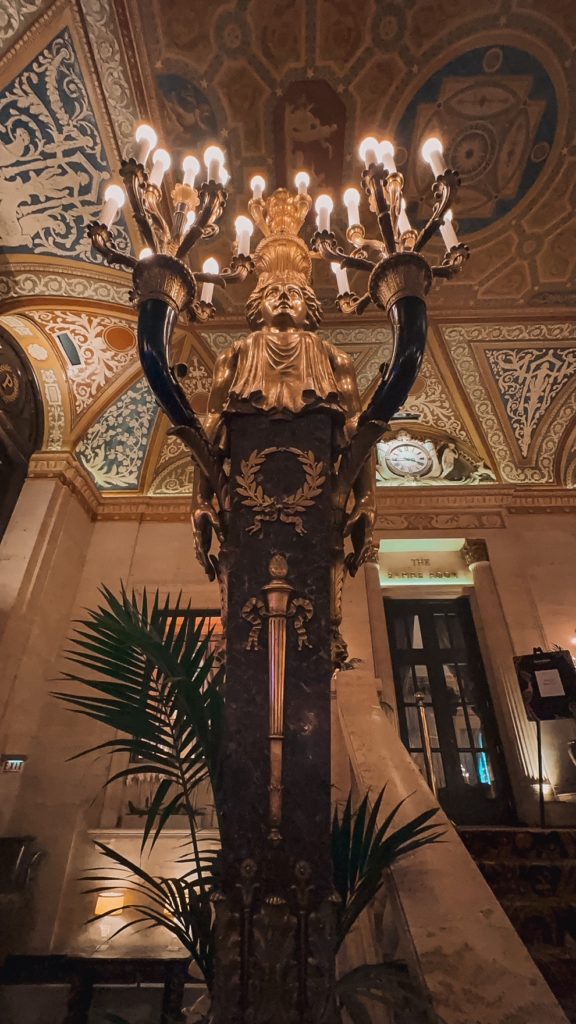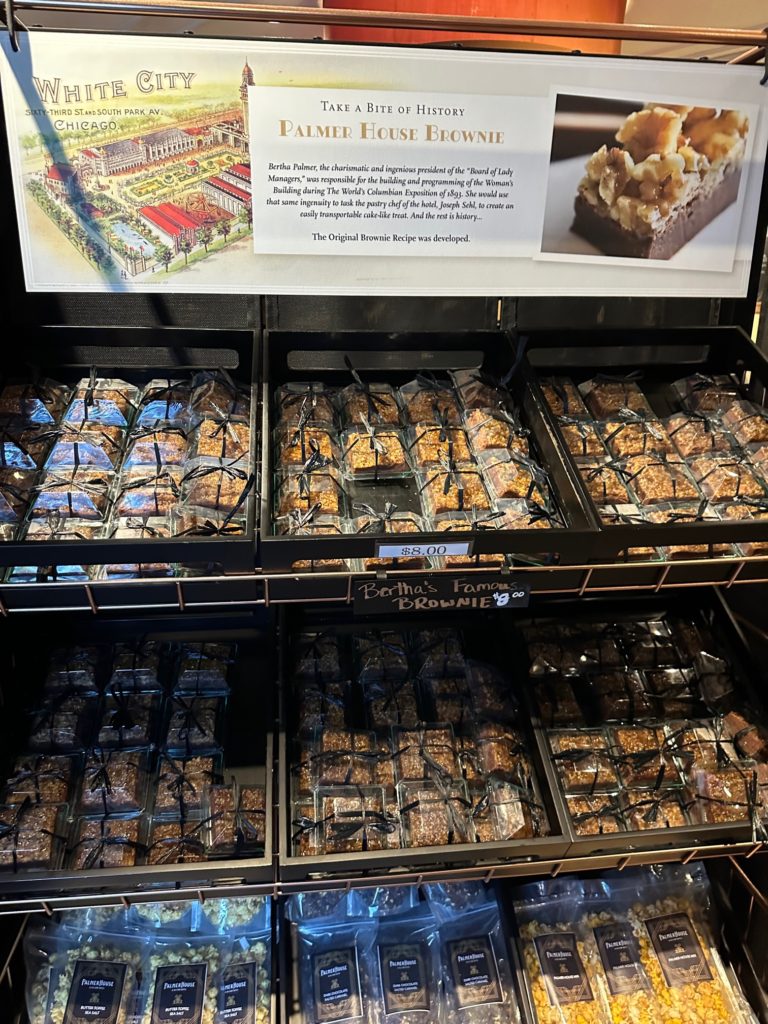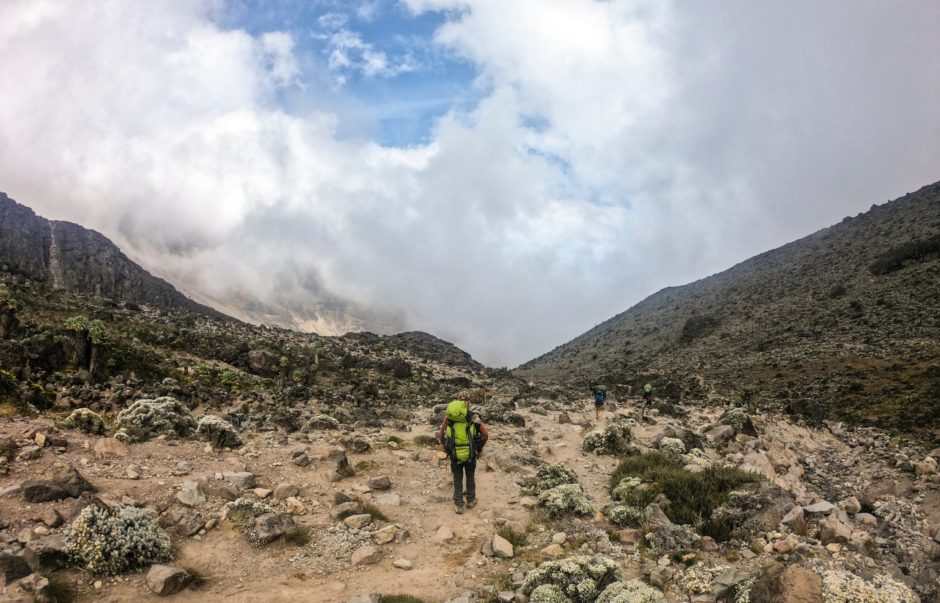Planning a family trip to Universal Studios Hollywood felt like a Choose Your Own Adventure where every option was somehow the wrong choice and would lead me toward doom.
To spend hundreds of dollars for one day at the park, but skip the ride lines, turn to page 17.
To spend slightly less and get a nine-month pass to the park, but waste your one wild and precious life waiting in all the lines, turn to page 23.
We opted for the latter. Instead of trying to cram everything into one day, I figured we could go a few times and focus on a different area each visit. Even though this meant we’d have to wait in line for the rides, it wouldn’t matter as much, since we wouldn’t be on a tight timeline. And who knows? I thought. Maybe we’d luck out and there wouldn’t be any lines.
Alas, that was the strategy of a much more naive version of myself — the Maggie I was before I waited 2.5 hours to get on Mario Kart: Bowser’s Challenge.
Here’s how the day went, where we went wrong, and what I’ll do next time.
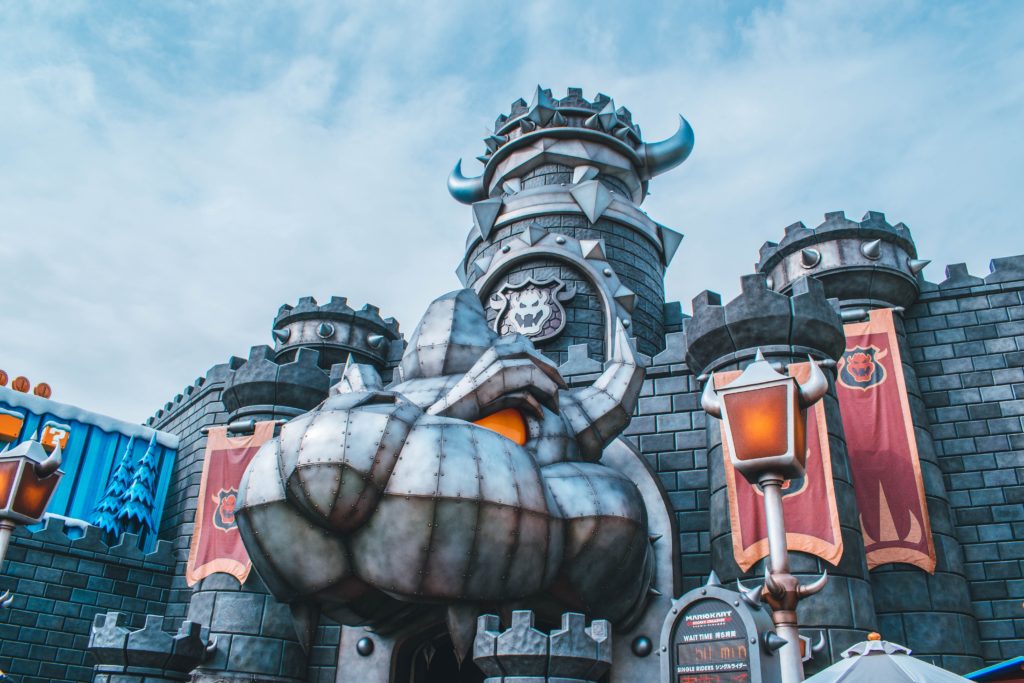
What it costs
That’s not so easy to answer. Regular tickets start at $109, two-day general admission tickets start at $159, express passes start at $209, and various other passes go from $179 to $639.
Why do I keep qualifying that with “start at”? Because the price varies wildly by day. Peak times, like weekends, holiday breaks, and more desirable days are significantly more expensive. So while I tried to find that elusive $109 ticket price, it never aligned with our work/school schedule.
Instead, I found a discount on the nine-month California Neighbor Pass, bringing it down to $150/per person. That is still expensive, but I can justify the cost by making multiple visits.
Note: I don’t want to tell you how expensive parking is. I can barely admit it to myself. But you should know that parking is my second-least favorite thing to pay for, because it’s just GROUND that my car is borrowing. Stupid.
Food and beverages
That brings me to my least favorite thing to pay for: Water.
Thank goodness Universal Studios allows you to bring in refillable water bottles. (Maximum of two liters).
The regulations also say you can bring snacks and small food items, and I did that too. But I didn’t bring enough. Later I saw people pulling hoagies the size of Buicks out of their backpacks, so I could’ve packed more substantial items. Next time.
Instead, we ate at Three Broomsticks in the Wizarding World of Harry Potter. I had the vegan shepherd’s pie, which was food. It kind of looked like someone started to make shepherd’s pie, then got tired of it halfway through.
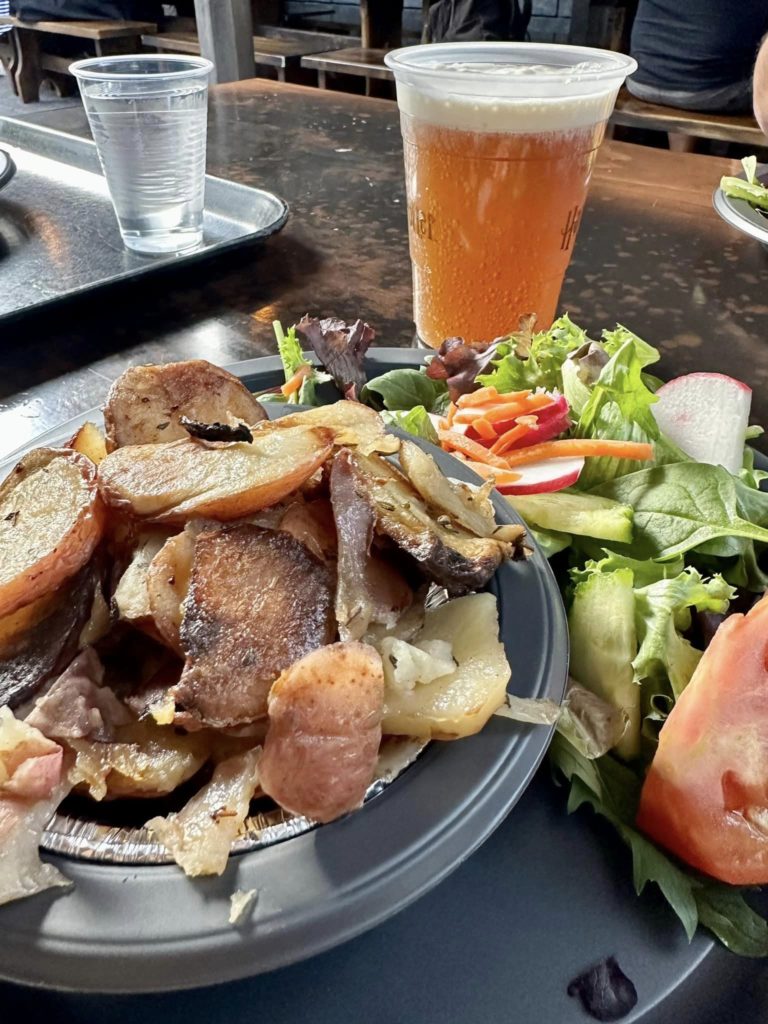
Everest plowed through whatever he ordered — a platter of cabbage and mashed potatoes and tomatoes and sausage and peas and some spare change, I think. Jason had a salad, which he regretted because he hates salad, so I’m not sure why that order was ever made.
The real winner was butterbeer, something I’ve wanted to try ever since I first read Harry Potter. It was delicious, like a butterscotch cream soda, and I think I could happily live on a butterbeer-only diet. It would be a short life, but a satisfying one.
The rides
It’s been a long time since I’ve been to an amusement park, so I had forgotten what it feels like to wait in line for a ride. And everything in the new Super Nintendo World required a wait. We waited in line to enter that section of the park (sometimes there’s a virtual queue, but it wasn’t an option when we visited). Then we waited 2.5 hours for the Bowser’s Challenge ride. We waited for the interactive games. We were about to wait in line for photos with Mario, but Mario went on a break. Bless you, tiny plumber.
There was another ride in the Super Nintendo World area, but I could actually feel my soul leaving my body, so at that point we left.
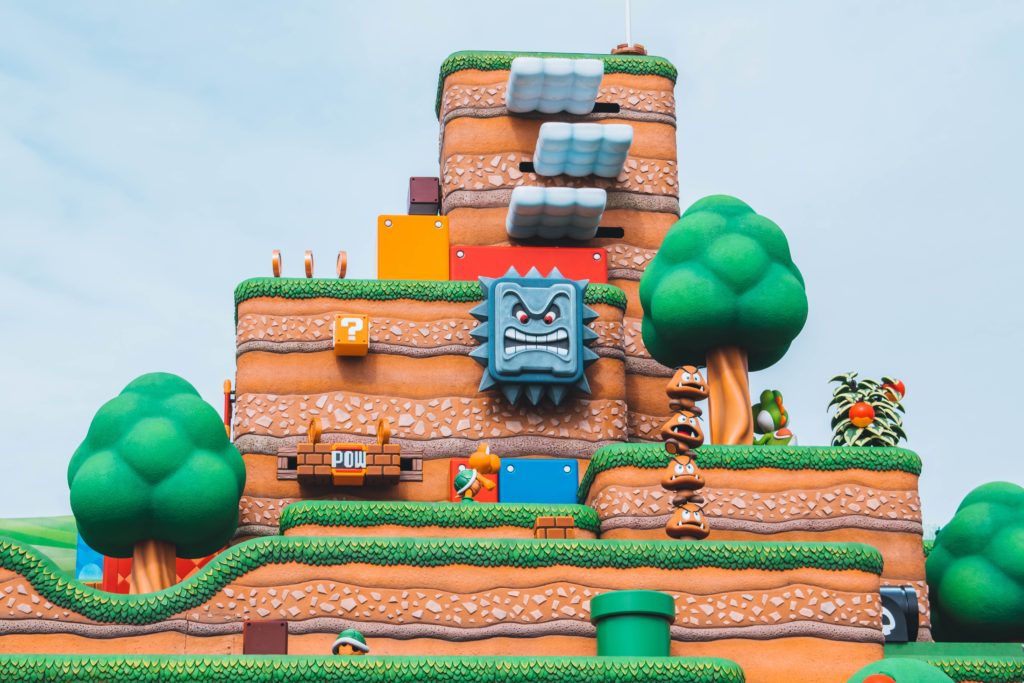
Then we waited 45 minutes to ride Revenge of The Mummy.
Later, we waited for the Flight of the Hippogriff ride.
That’s it. THREE RIDES. But those three experiences topped our priority list for the day, and we accomplished that.
The other stuff
Yes, I visited Ollivanders Wand Shop. I was curious how it would compare with what I imagined long ago, when I first read the Harry Potter series. And it was, in fact, pretty darn magical.
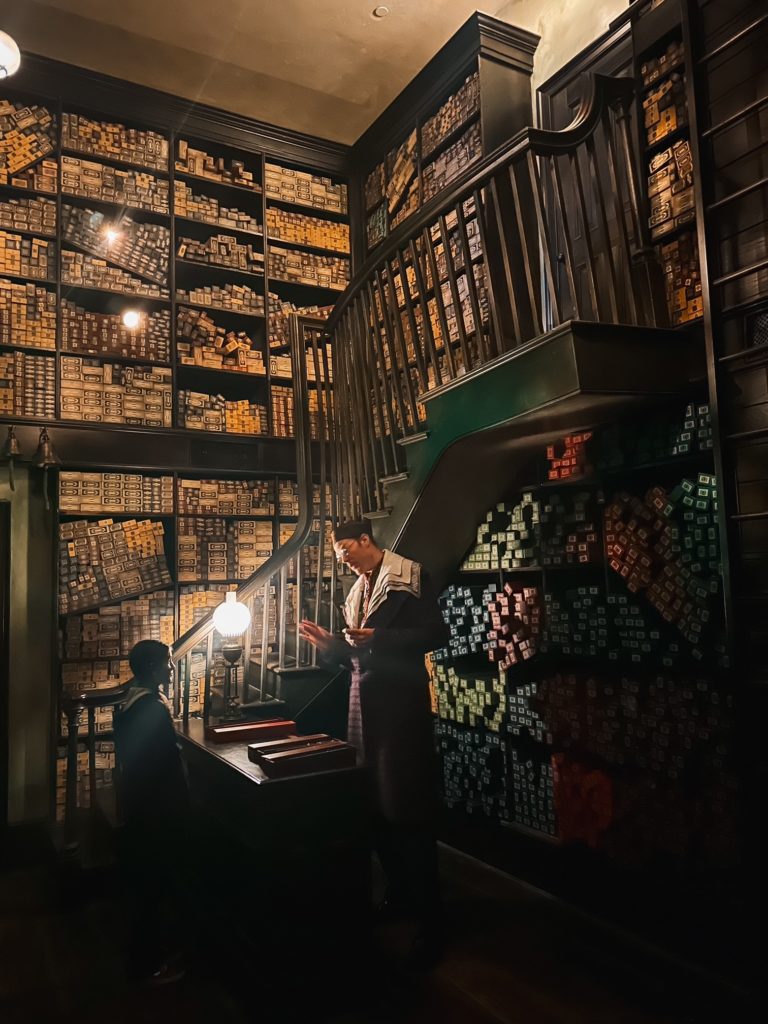
The whole point
A few months ago, Everest said he wanted to ride his first roller coaster, and I wanted E to love roller coasters the way I do.
I remember going to King’s Island with my family when I was growing up — devouring hot, greasy funnel cakes, posing for keychain photos in front of a fake Eiffel Tower, riding the Beast and then hurrying to get back in line — those are some of my most treasured memories.
That was the impetus for this Universal Studios trip. The exhilaration of being THIS TALL TO RIDE, the lap restraint pressed a little too tight, the click-clack of cars chugging up a steep hill, and finally, taking flight.
I wanted to give that to my child.

Well, he hated it. On the two coasters, Everest clutched my hand until my fingers turned blue. He murmured, “No. No. NO.” His eyes were as big as saucers, and those saucers were full of terror.
So he’s not a roller coaster kid. At least not right now, and that’s fine. It just means that when we return to Universal, we’ll be the folks enjoying the shows instead.

